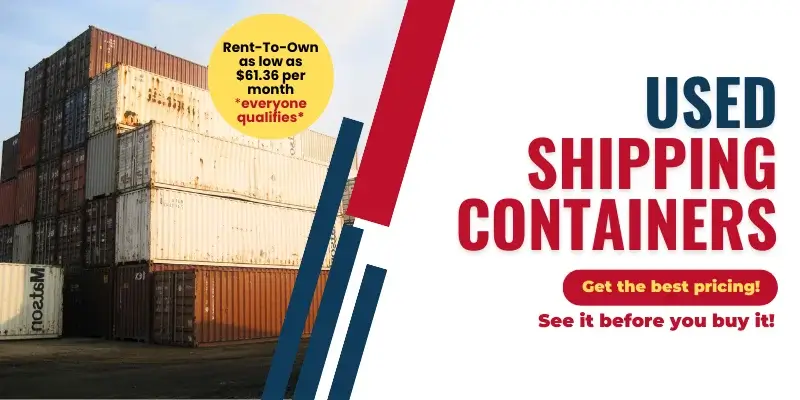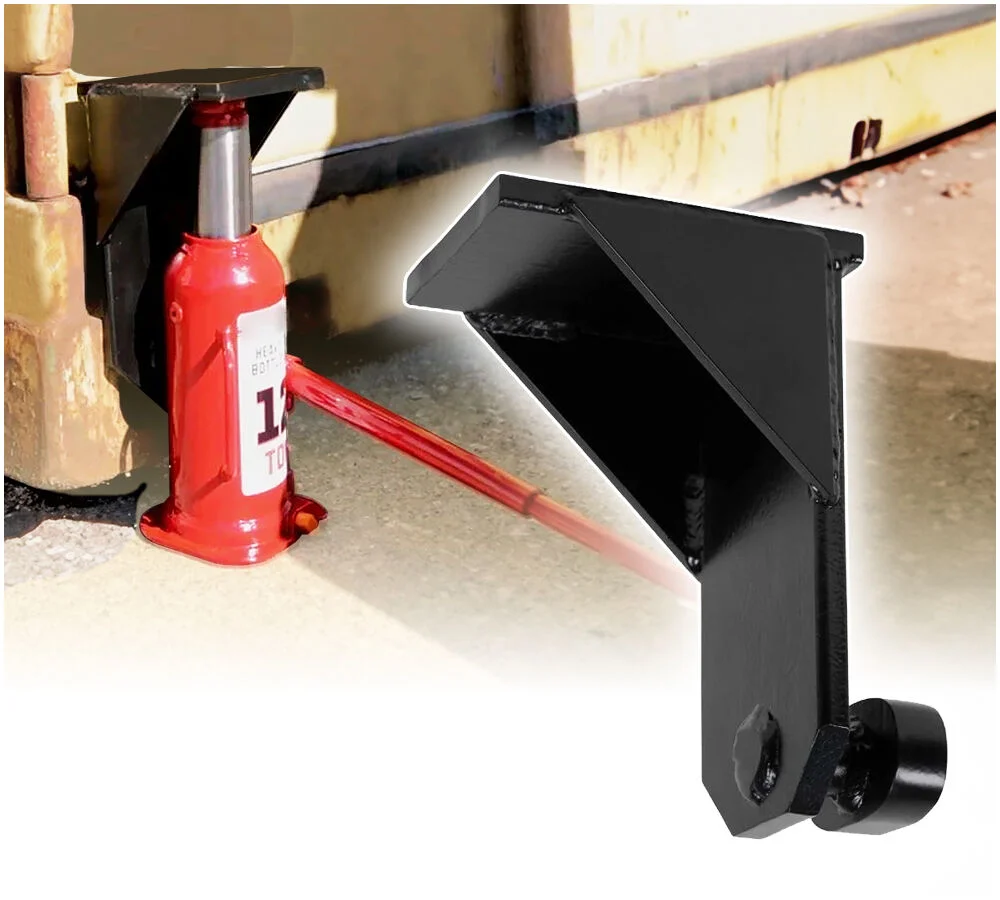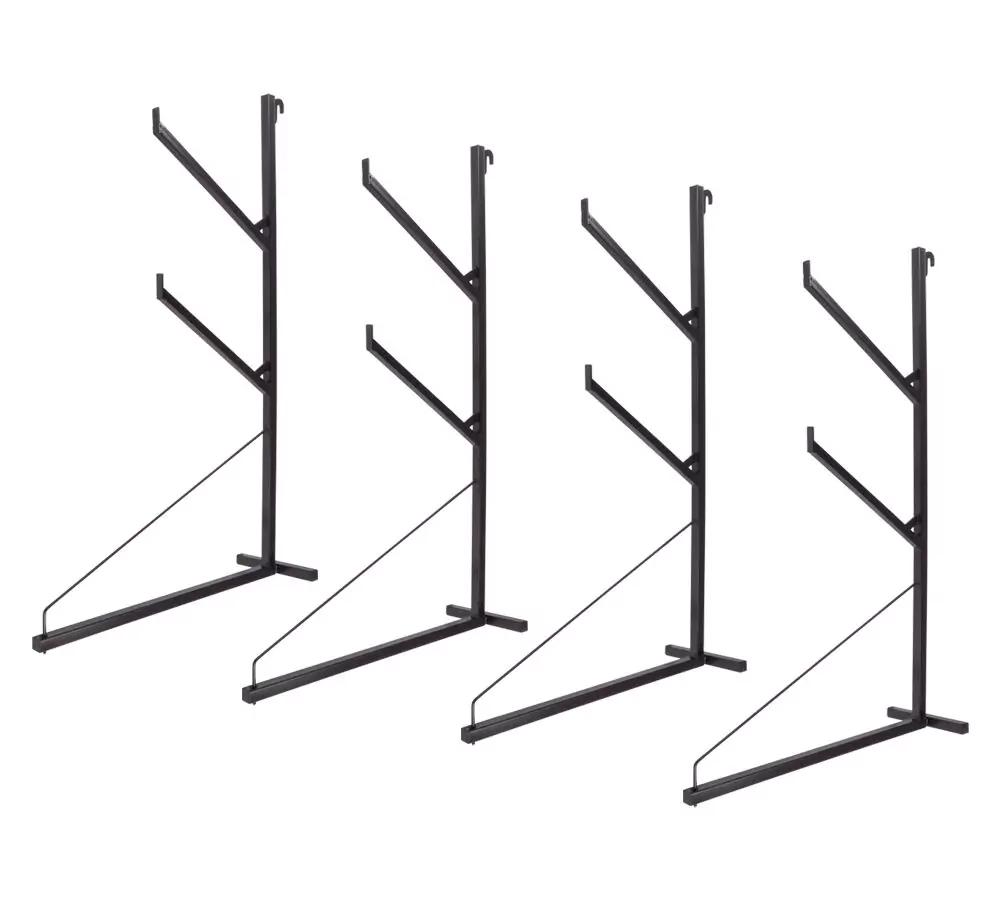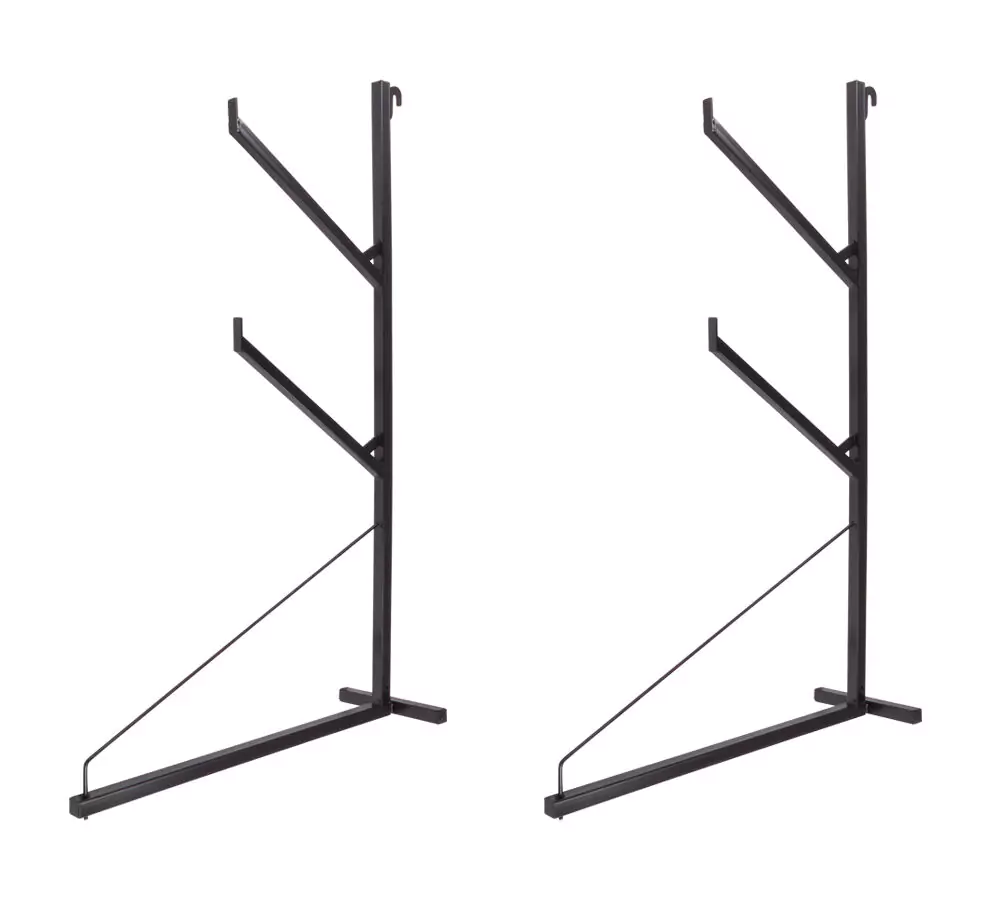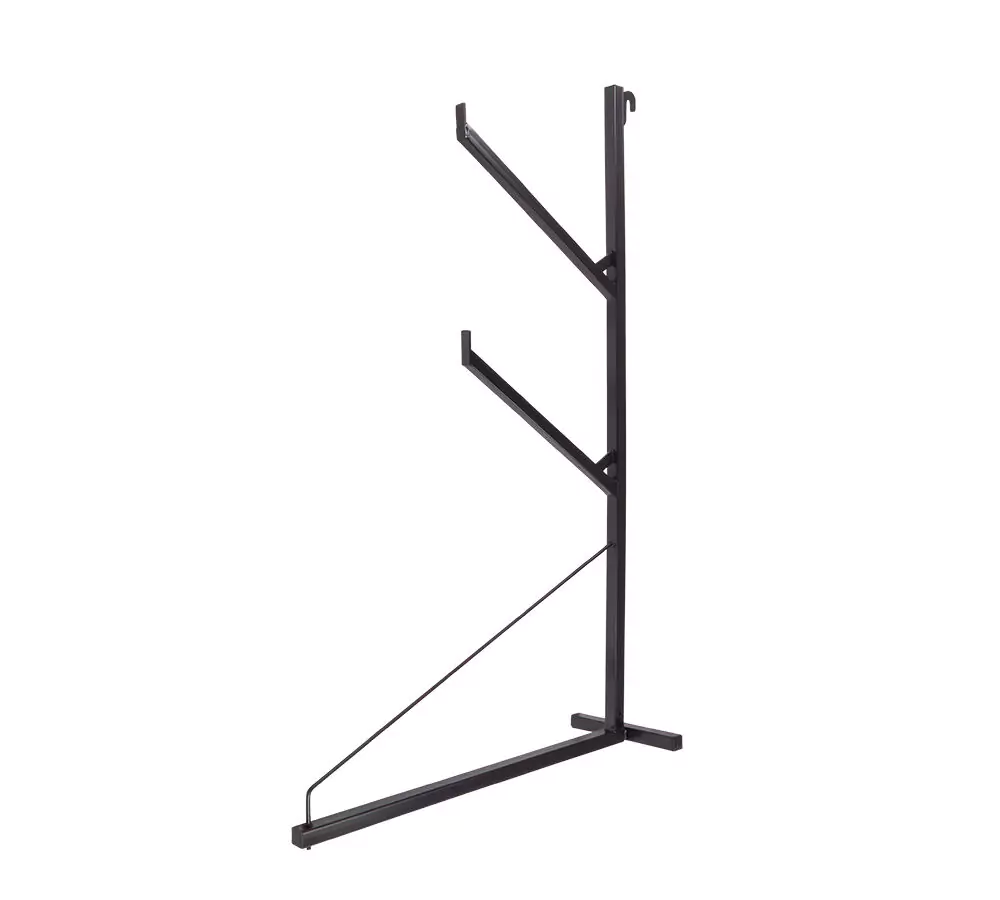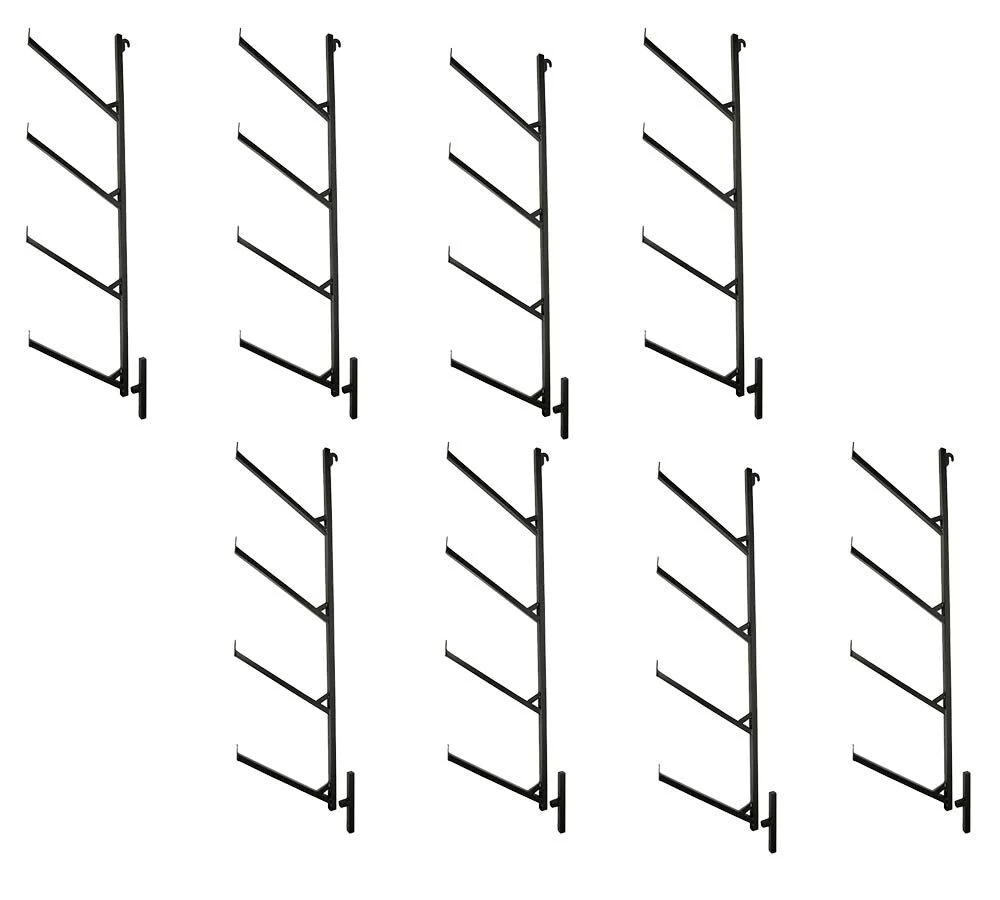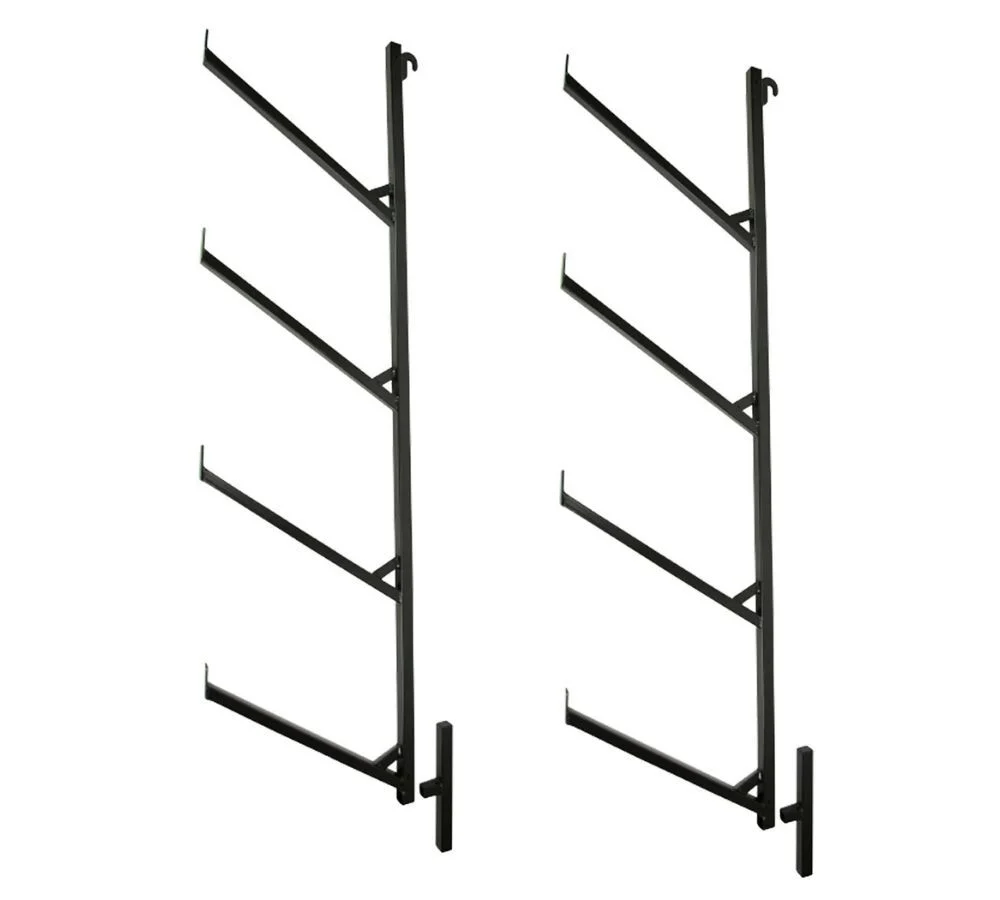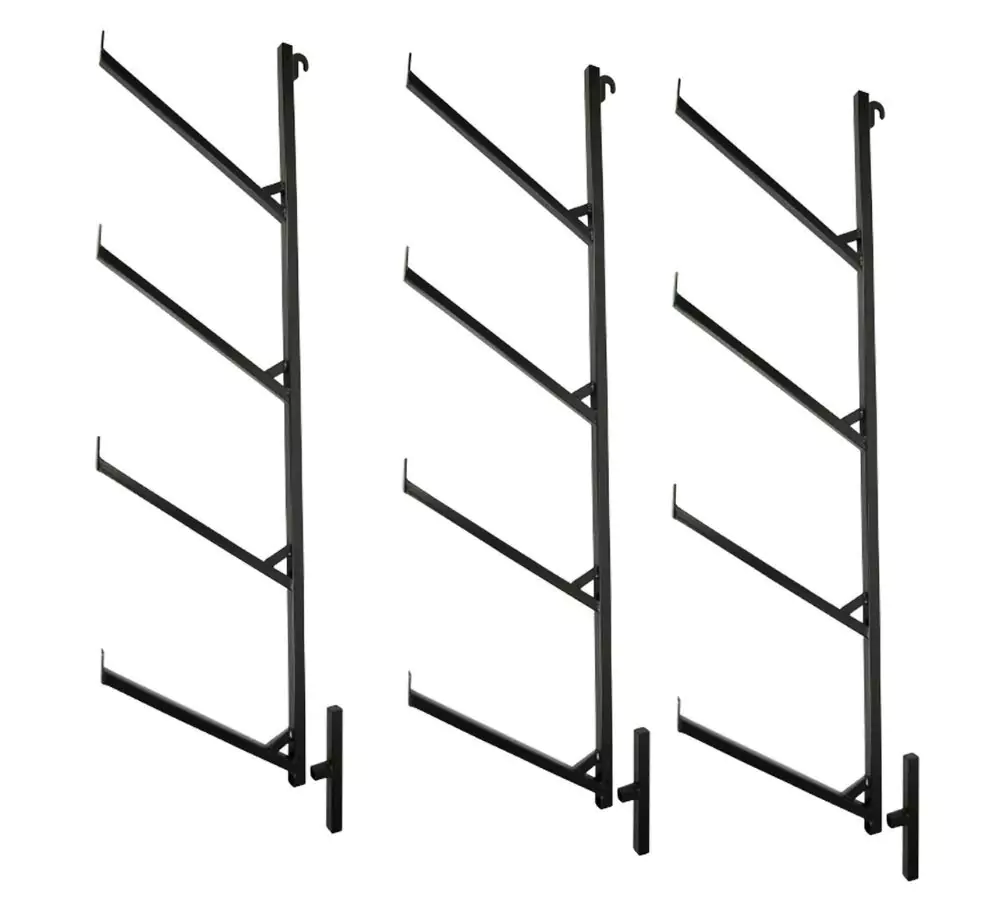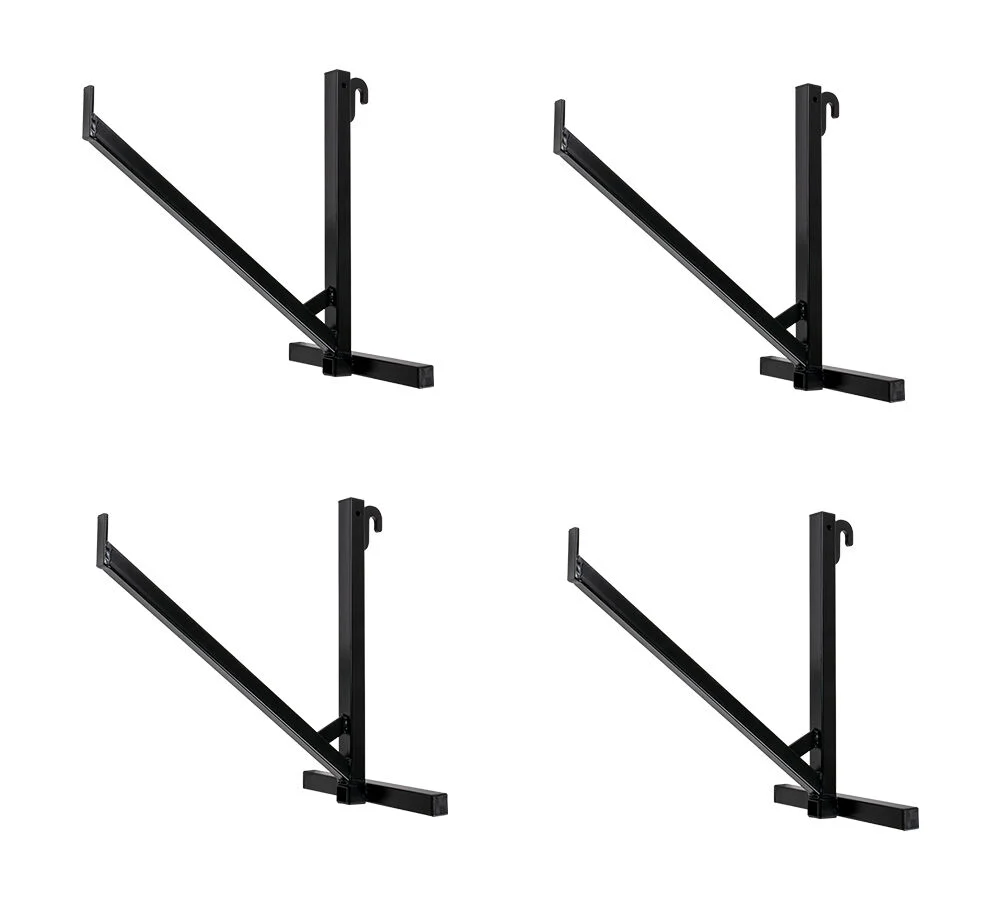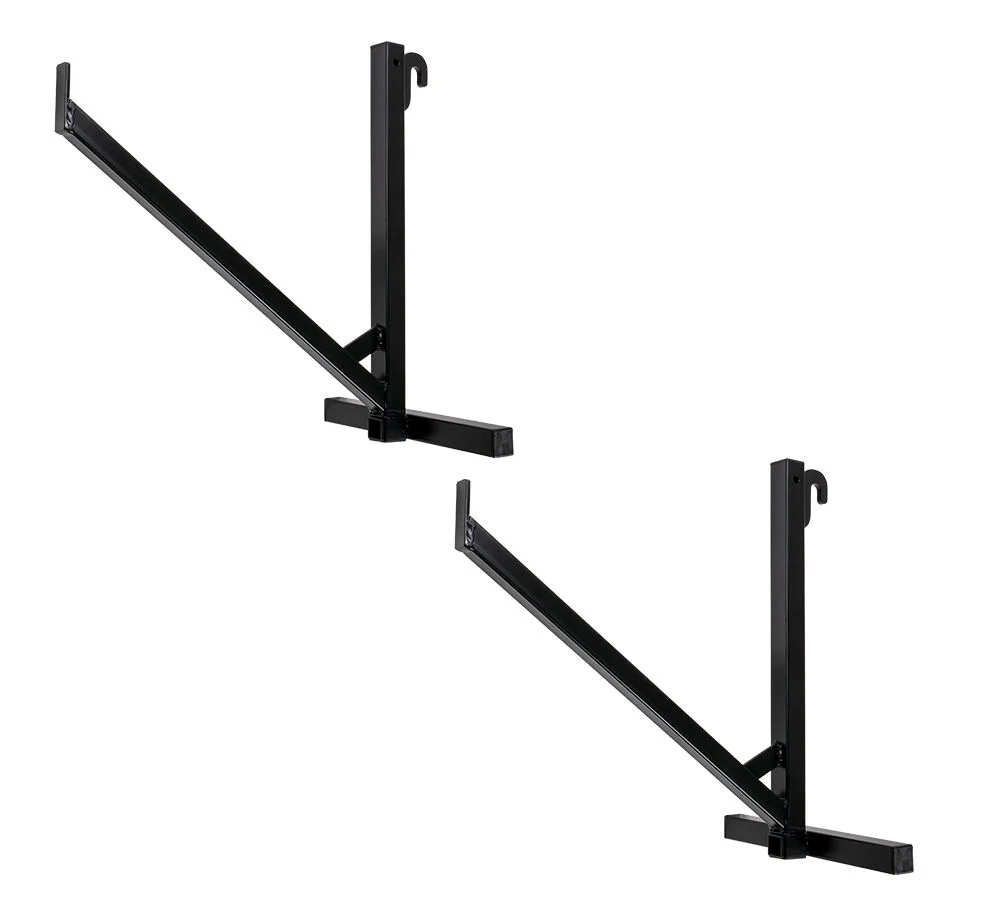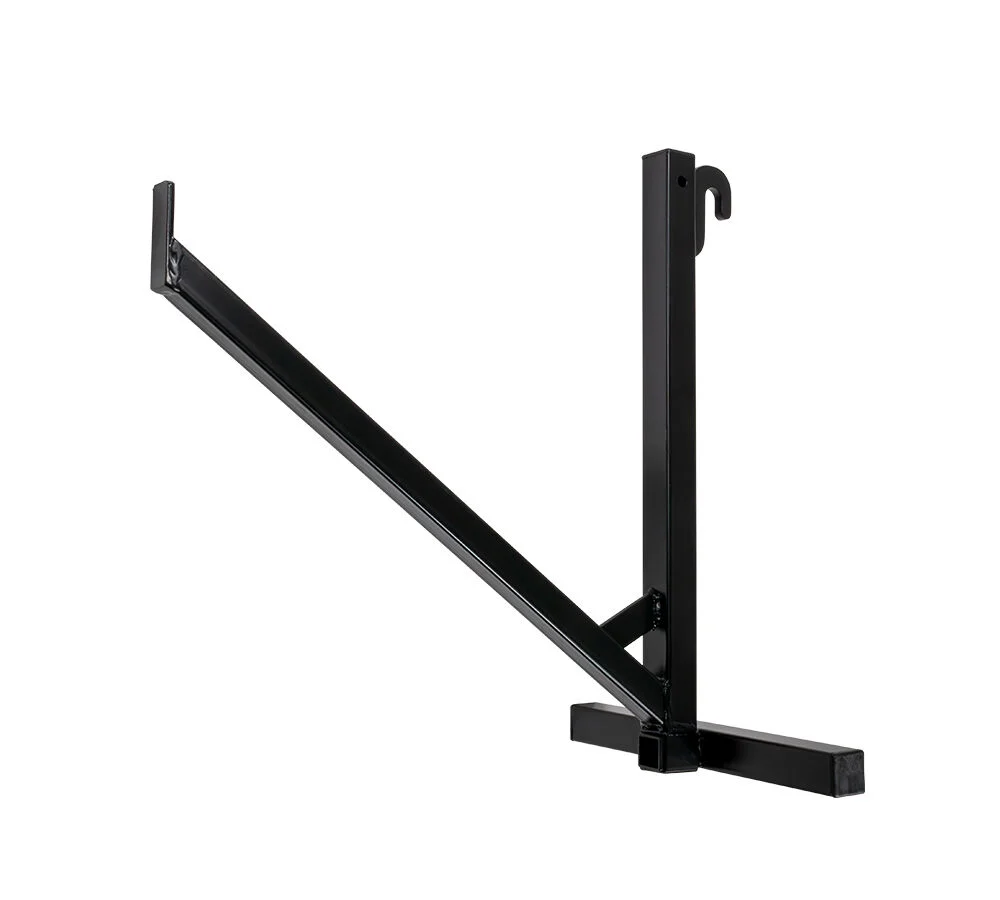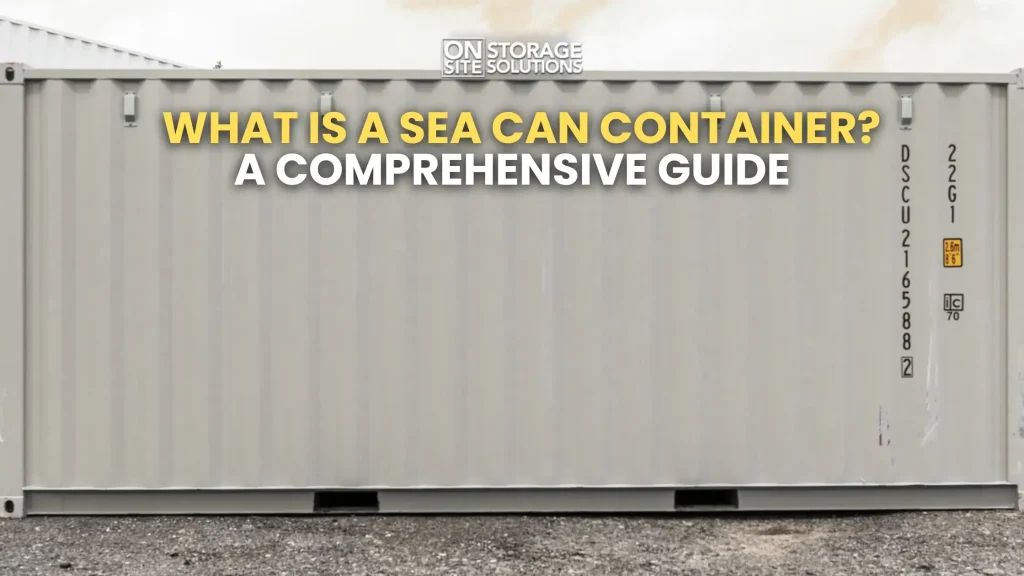
What is a sea can container? A sea can container, also called a shipping container, is a big metal box used to move goods worldwide. You can see them in ports, on trains, and along highways. These containers are a key part of global trade and shipping. This blog will explain more about sea can containers, including their uses, sizes, and why they are so important.
What is a Sea Can Container?
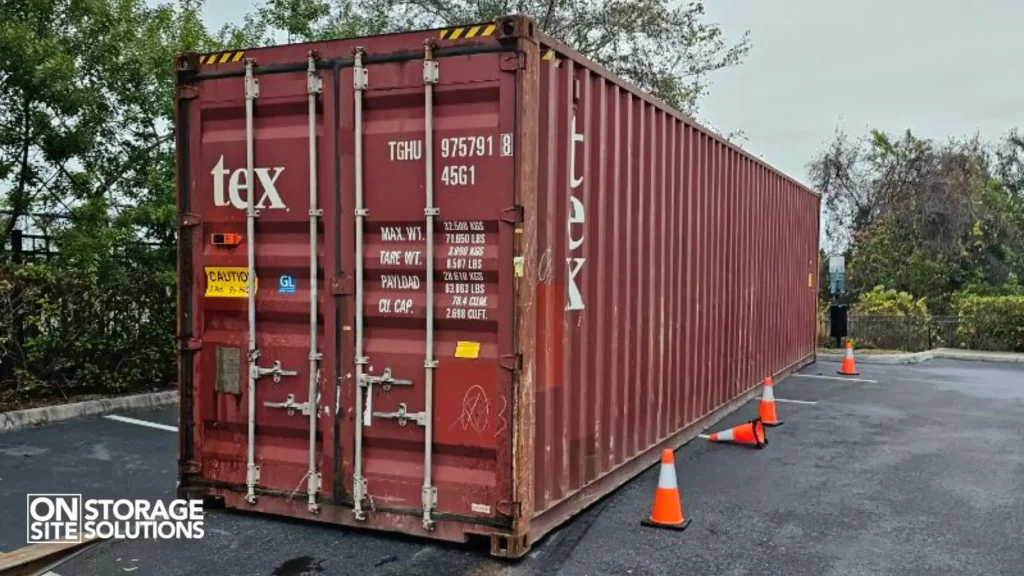
A sea can container is a large, standardized metal box designed to transport goods by sea, rail, or road. They are a critical component of the shipping industry, facilitating the movement of goods from one location to another.
The term “sea can” is often used interchangeably with “shipping container,” “cargo container,” and “freight container”. The name “sea can” refers to the fact that these containers are often used to carry cargo overseas. You may also see the term “c can” which is simply a shortened version of sea can.
The Rise of Containerization
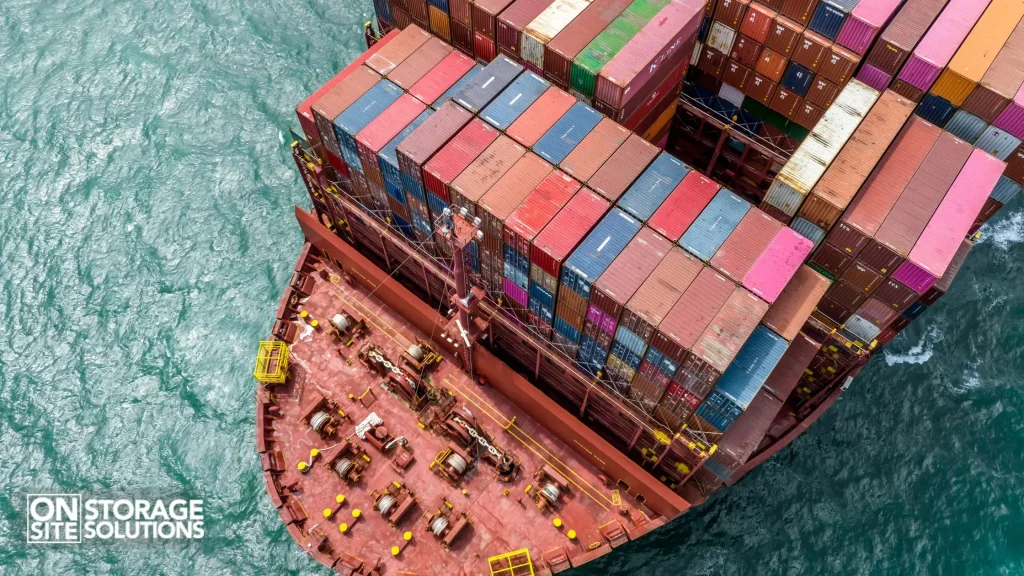
The use of sea can containers has transformed the way goods are shipped. Before containerization, cargo was often transported as a breakbulk. This method was slow and labor-intensive, requiring significant time and manpower for loading and unloading.
Containerization streamlined this process, making international trade more efficient and cost-effective. Today, containers handle the vast majority of the world’s non-bulk cargo. Ninety percent of non-bulk cargo is moved via containers.
Versatility of Sea Can Containers
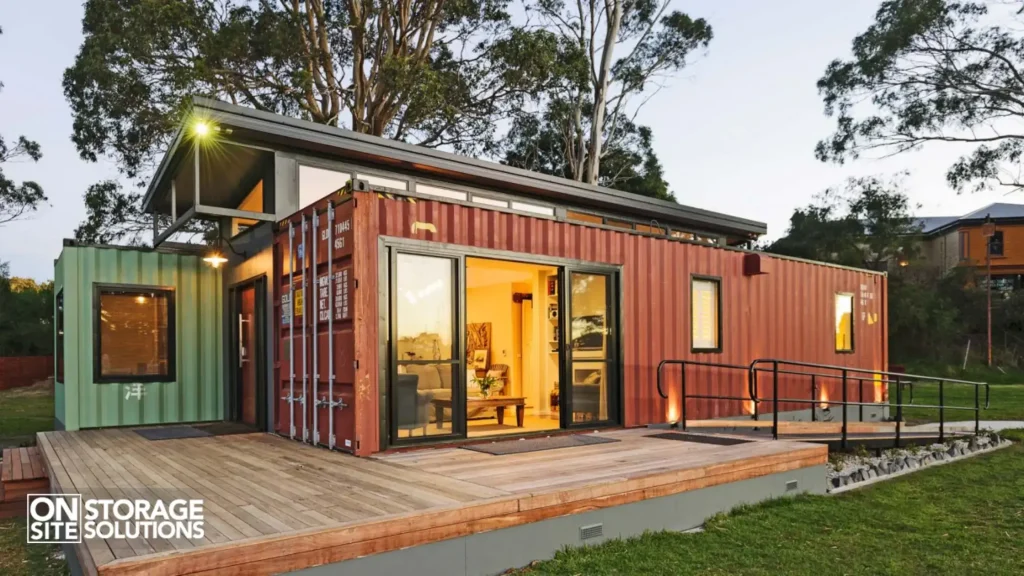
The sea can containers are incredibly versatile and can be used for various purposes beyond shipping. Here are just a few examples of how these containers can be used:
- Storage: Sea can containers are frequently used for both temporary and permanent storage units. They can be placed on the ground to store household items, inventory, or equipment.
- Housing: Sea can containers can be converted into homes, office spaces, and even swimming pools. Their robust structure makes them suitable for these types of modifications.
- Moving: Sea can containers can be used to move belongings when relocating. Their large internal volume makes it easy to fit furniture and other household items.
Different Types of Sea Can Containers
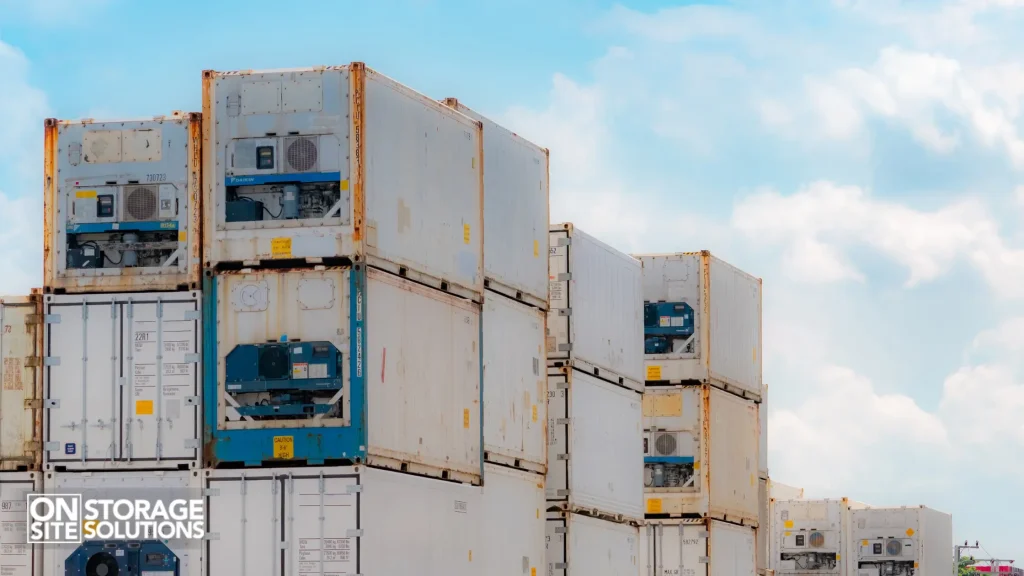
While the standard sea can container is a simple steel box, there are several specialized types of containers designed for specific purposes. Here are some of the most common shipping container types:
- Standard Shipping Container: These are the most common type of sea can container, typically available in 20-foot and 40-foot sizes. They are used for general cargo, dry goods, and manufactured goods.
- Refrigerated Shipping Container (Reefer Container): These containers are equipped with temperature control systems and are used for transporting perishable goods. Reefers are capable of maintaining temperatures from -35ºC to +30ºC and are ideal for food, pharmaceuticals, and other temperature-sensitive cargo. To learn more about how these are powered, see this article on What is a Reefer Container, and How does it work?
- Open Side Container: These containers have an additional full-length side door, which provides easier access and makes loading and unloading simpler.
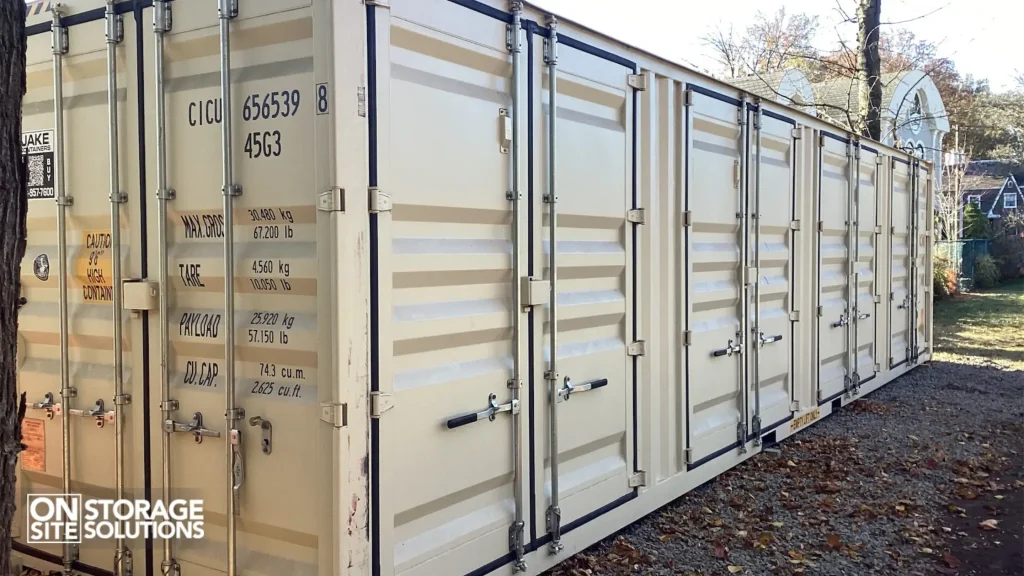
- Flat Rack Containers: Flat rack containers have collapsible sides and no roof, designed to transport cargo with oversized or irregularly shaped cargo, such as machinery or vehicles.
- Open-Top Containers: Designed like standard dry containers but featuring a removable roof, these containers are perfect for loading oversized or tall cargo from above, making them an excellent choice for bulky or irregularly shaped items.
- Tank Containers: Designed to transport liquid or gaseous cargo, such as chemicals, fuels, and food-grade products.
- Flatbed Containers (Platform): A simple container with no sides or roof, used for carrying heavy, oversized, or awkwardly shaped cargo.
Sea Can Container Dimensions
Sea container dimensions are standardized, which is crucial for the efficiency of intermodal transport. The two most popular container sizes are 20-foot and 40-foot.. Here are the standard shipping container dimensions:
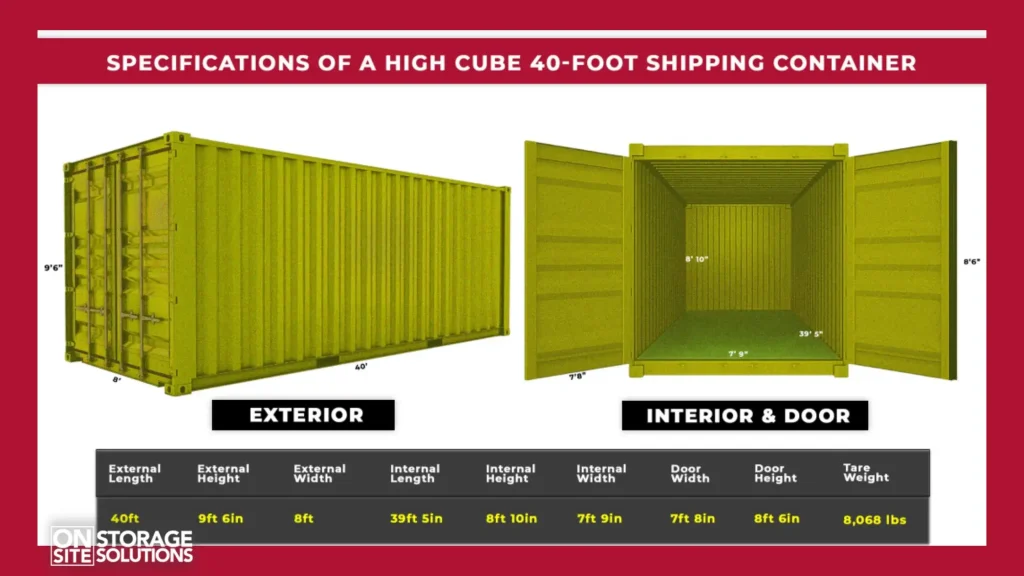
- 20-foot Container: Approximately 5.89 meters (19.4 ft) long, 2.35 meters (7.7 ft) wide, and 2.39 meters (7.9 ft) high. It has a capacity of 33.2 cubic meters.
- 40-foot Container: Approximately 12.03 meters (39.5 ft) long, 2.35 meters (7.8 ft) wide, and 2.39 meters (7.9 ft) high, with a maximum capacity of 67.7 cubic meters.
- 40-foot High Cube Container: Similar to the 40-foot container but with an increased height of 2.67 meters (8.9 feet). These containers have a capacity of 76.4 cubic meters.
- 45-foot Container: Approximately 13.55 meters (44.5 ft) long, 2.35 meters (7.8 ft) wide, and 2.67 m (8.9 ft) high, with a loadable volume of 86 cubic meters.
There are also less common sizes including 8 ft, 9ft, 10 ft, 53 ft, and 60 ft containers, which are typically used for road and rail transportation. For more information on standard sizes see our guide to common Sea Container Dimensions.
What Makes Sea Can Containers Unique?
The sea can containers are designed to withstand harsh conditions and facilitate intermodal shipment. They are typically made of high-quality, corrosion-resistant steel. Here are some of the features that make them unique:
- Durability: Sea can containers are built to endure extreme temperatures, moisture, and other adverse weather conditions.
- Intermodal Capability: The standardized design allows sea can containers to be transported by ship, rail, and truck without needing to unload the cargo.
- Security: Sea can containers are designed to be secure, which helps to protect goods during transport. See our guide on how to secure shipping containers for tips.
- Standardization: ISO-certified containers ensure that containers are built to specific dimensions and specifications, making them compatible with global modes of transportation.
How are Sea Can Containers Made?
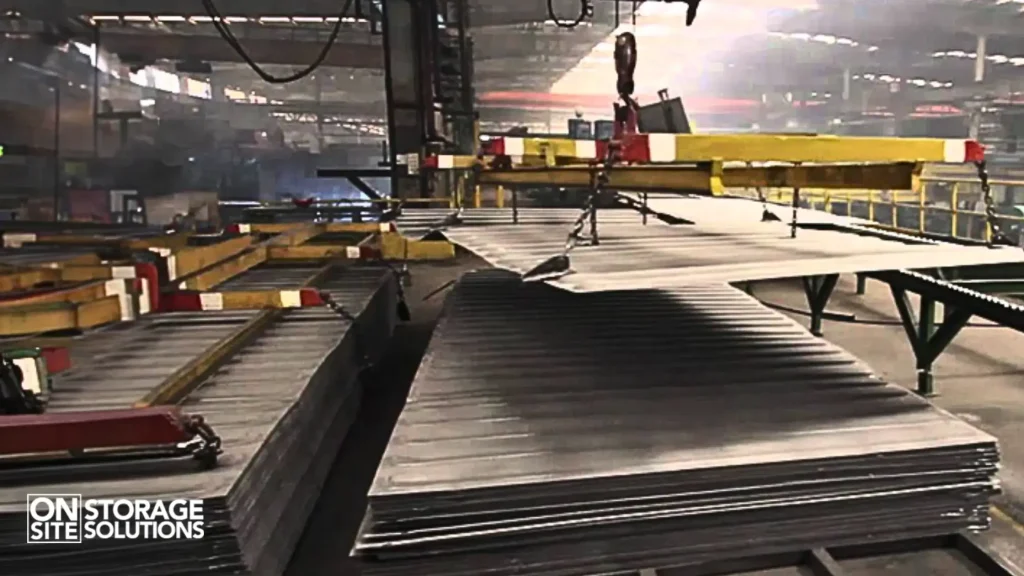
The construction of sea can containers involves a complex process ensuring durability and compliance with strict ISO standards. While specific manufacturing details can vary, here’s a general overview of how they are made:
- Steel Fabrication: The process starts with high-quality steel, which is cut and shaped into the container’s structural components. This includes the side walls, end walls, and floor and roof panels.
- Frame Assembly: The steel components are welded together to create a robust frame that provides the container with its structural integrity. The frame must be able to withstand significant stress during intermodal shipping, stacking, and handling.
- Wall Construction: The steel panels that form the walls are attached to the frame using welding or bolting. These panels provide the container’s enclosure and protect the cargo from the elements.
- Door Installation: Doors, which are typically made of steel, are installed on one or both ends of the container. These doors feature locking mechanisms that ensure the security of the goods being transported.
- Flooring: A durable floor, often made from marine-grade plywood or bamboo, is installed inside the container. This floor provides a stable surface for loading and supporting the cargo.
- Painting and Finishing: The exterior of the container is painted with a protective coating that helps prevent rust and corrosion. The container is then marked with unique identification numbers.
- Quality Control: The final step involves a thorough quality control process, where the containers are inspected to ensure they meet all ISO standards.
What Can Be Transported in a Sea Can Container?
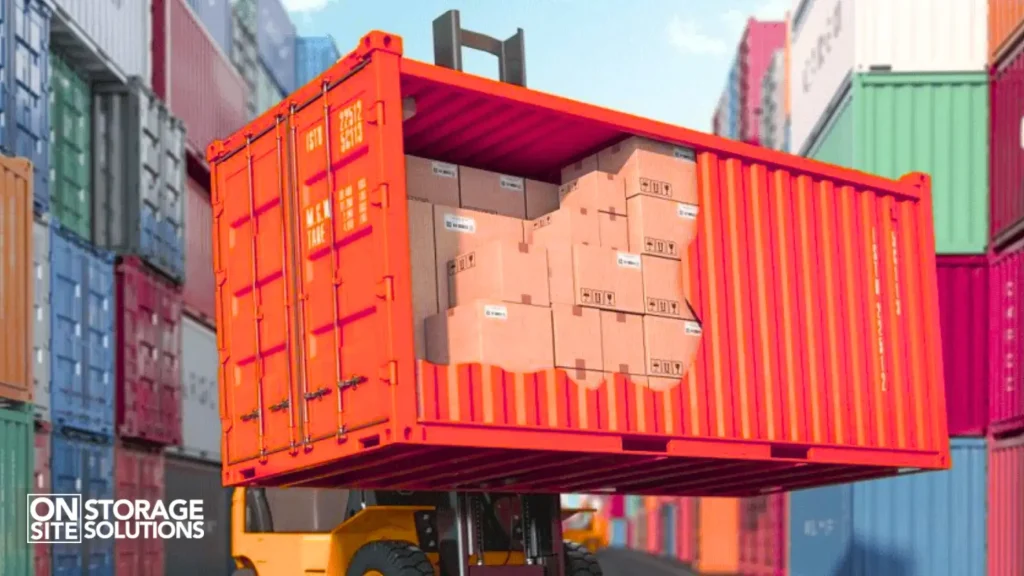
The sea can containers can carry a wide variety of goods, including:
- Bulk cargo like grains and ore.
- Lighter goods like sugar, salt, and cement.
- Manufactured goods, such as clothing, toys, mobile phones and computers.
- Vehicles, machinery and equipment.
- Perishable goods in reefer containers, such as fruits, vegetables, and pharmaceuticals.
Sea can containers are essential for the global supply chain, enabling the efficient and cost-effective movement of goods around the world.
How Much Does a Sea Container Weigh?
Sea container weight varies depending on its size, construction, and any modifications. A standard 20-foot container typically weighs around 2,200 kg when empty, while a 40-foot container weighs approximately 3,750 kg. However, these are just the tare weights (empty weight).
The maximum weight capacity also varies depending on the type of container. For example, 20 ft containers have a chargeable weight of 25,000 kg, 40 ft containers have a maximum weight capacity of 30,480 kg, and 40 ft flat racks can handle up to 60,000 kg.
How Much is a Sea Can Container?
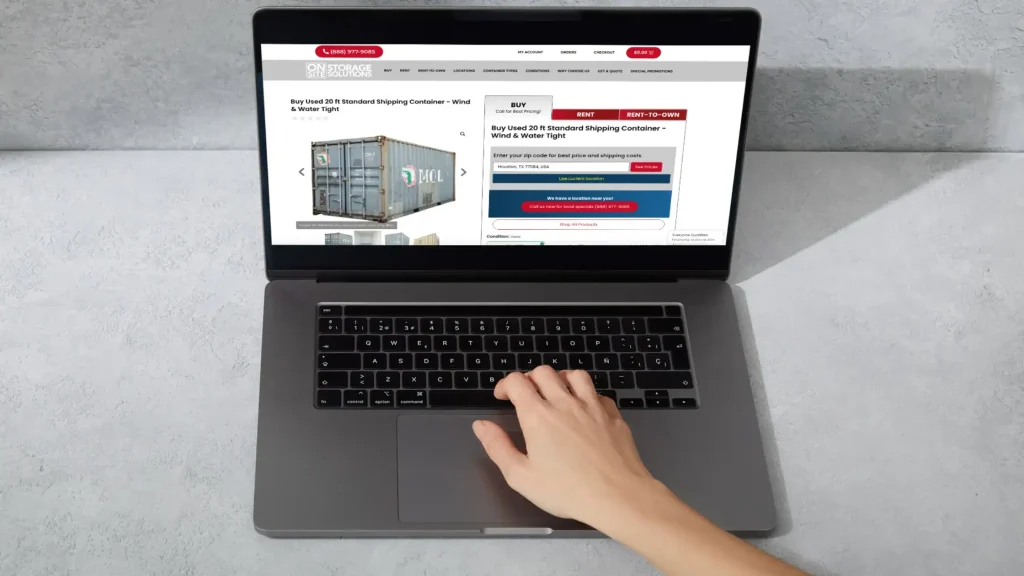
The cost of a sea container varies depending on several factors, including its condition (new or used), size and type, and location. A new 20 ft container typically costs between $2,500 and $3,800, while a new 40 ft container ranges from $3,800 to $6,400.
Used containers are generally more affordable, but their price will vary based on their grade.
Conclusion
Sea can containers are the backbone of global trade, providing a reliable and efficient way to transport a wide variety of goods. From food to electronics, and everything in between, these versatile containers are essential for modern logistics. If you are involved in shipping, storage, or any other industry that utilizes containers, understanding their purpose, different types, and dimensions will prove valuable.
By exploring their diverse uses, different types, and standardized dimensions we hope you have a good understanding of what is a sea can container.
For high-quality sea can containers at competitive prices, contact On-Site Storage Solutions today at (888) 977-9085! We’re here to match you with the ideal container to fit your specific needs.



